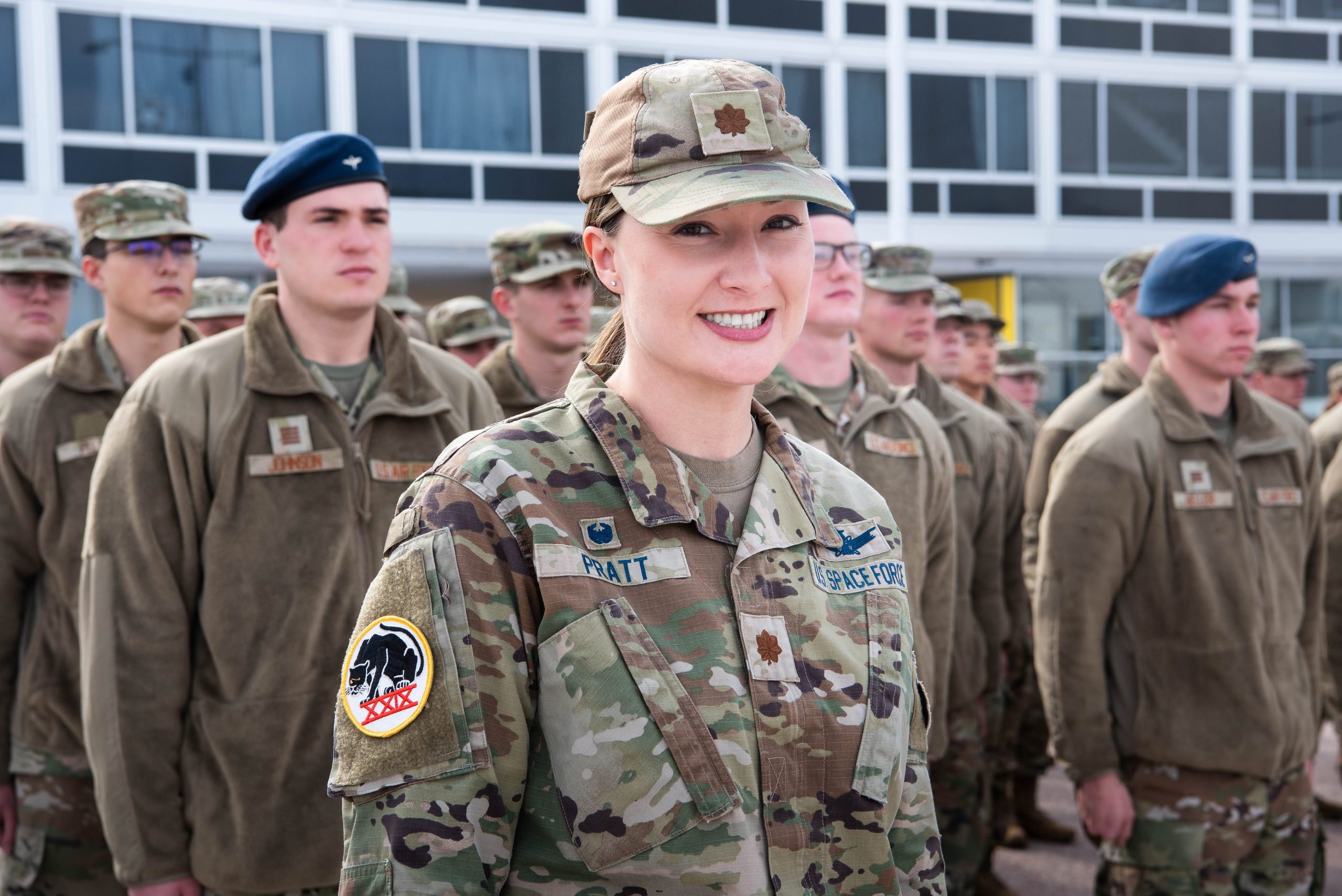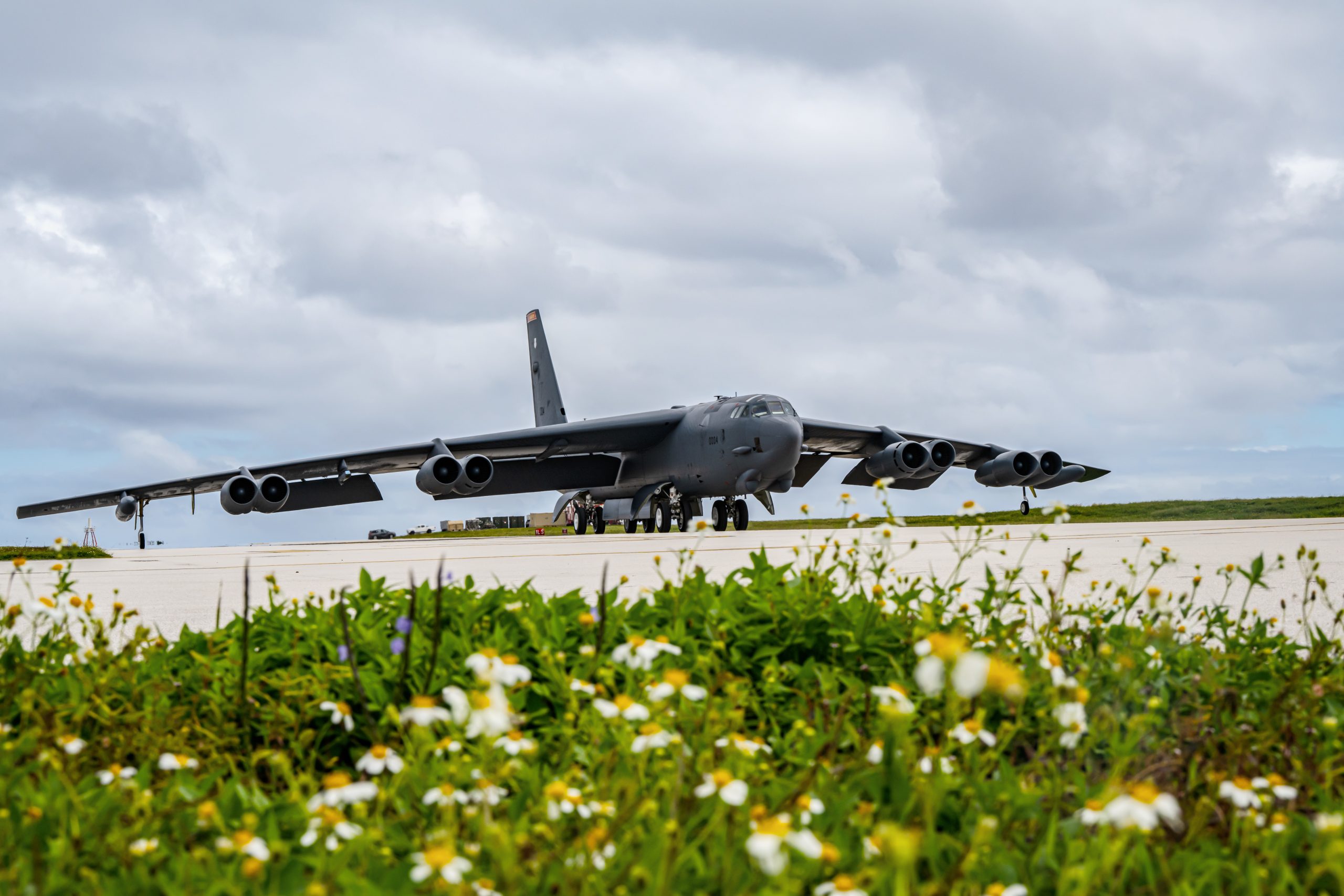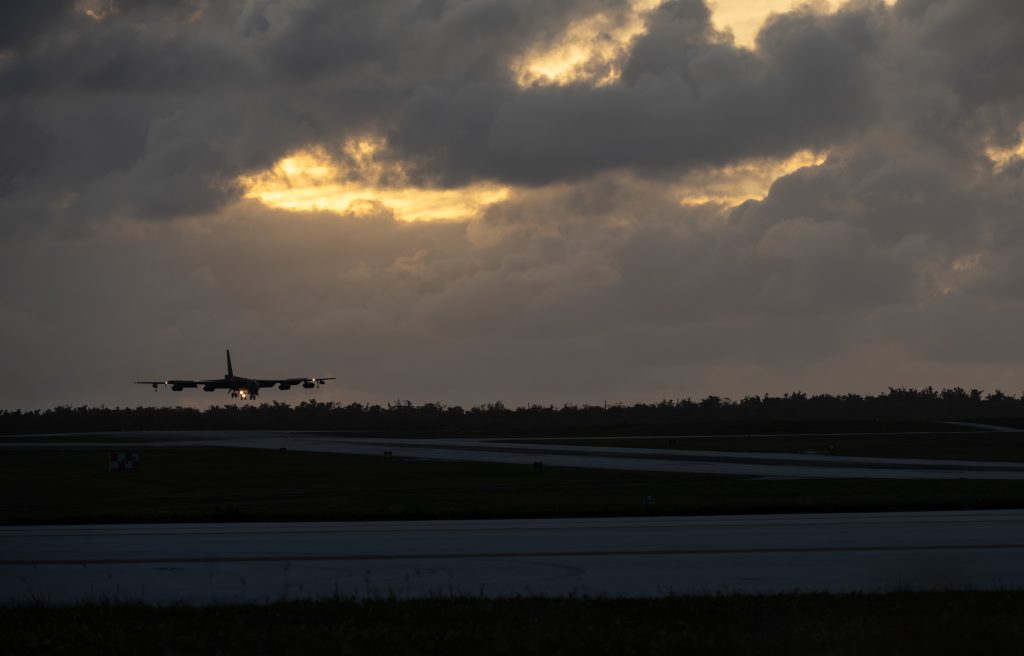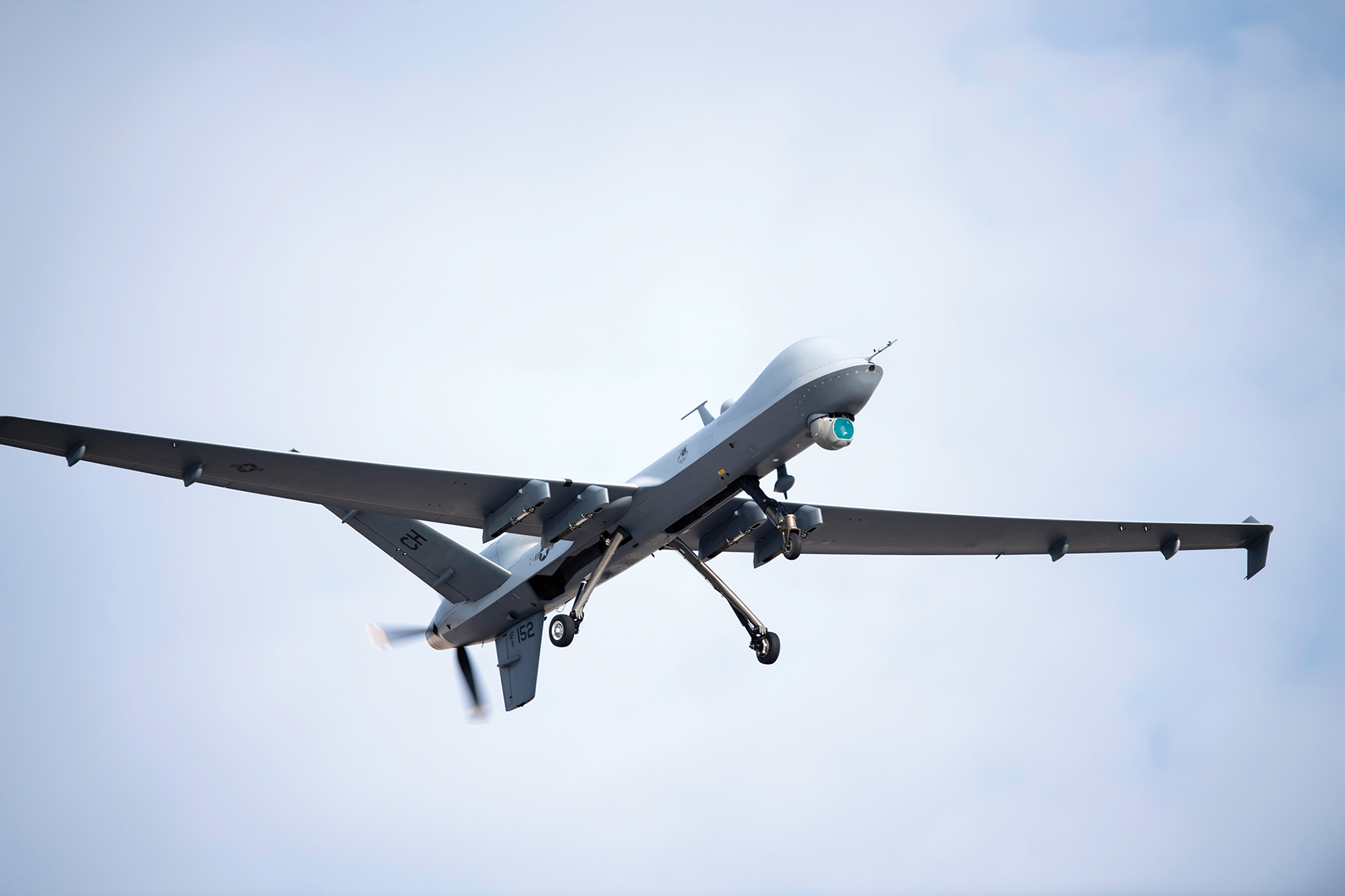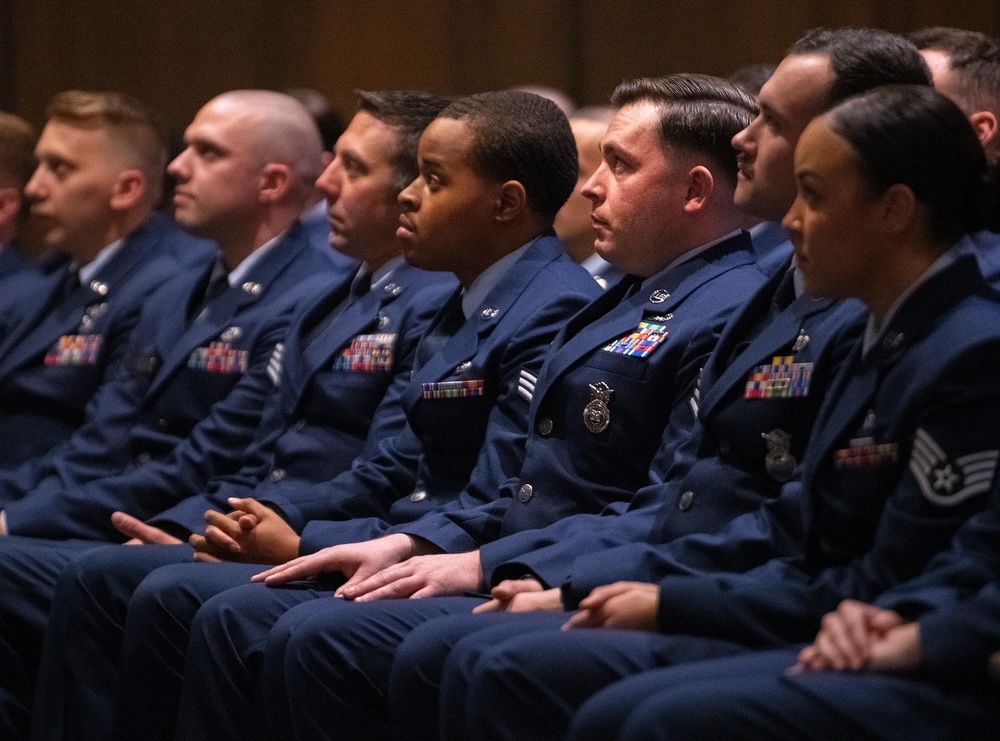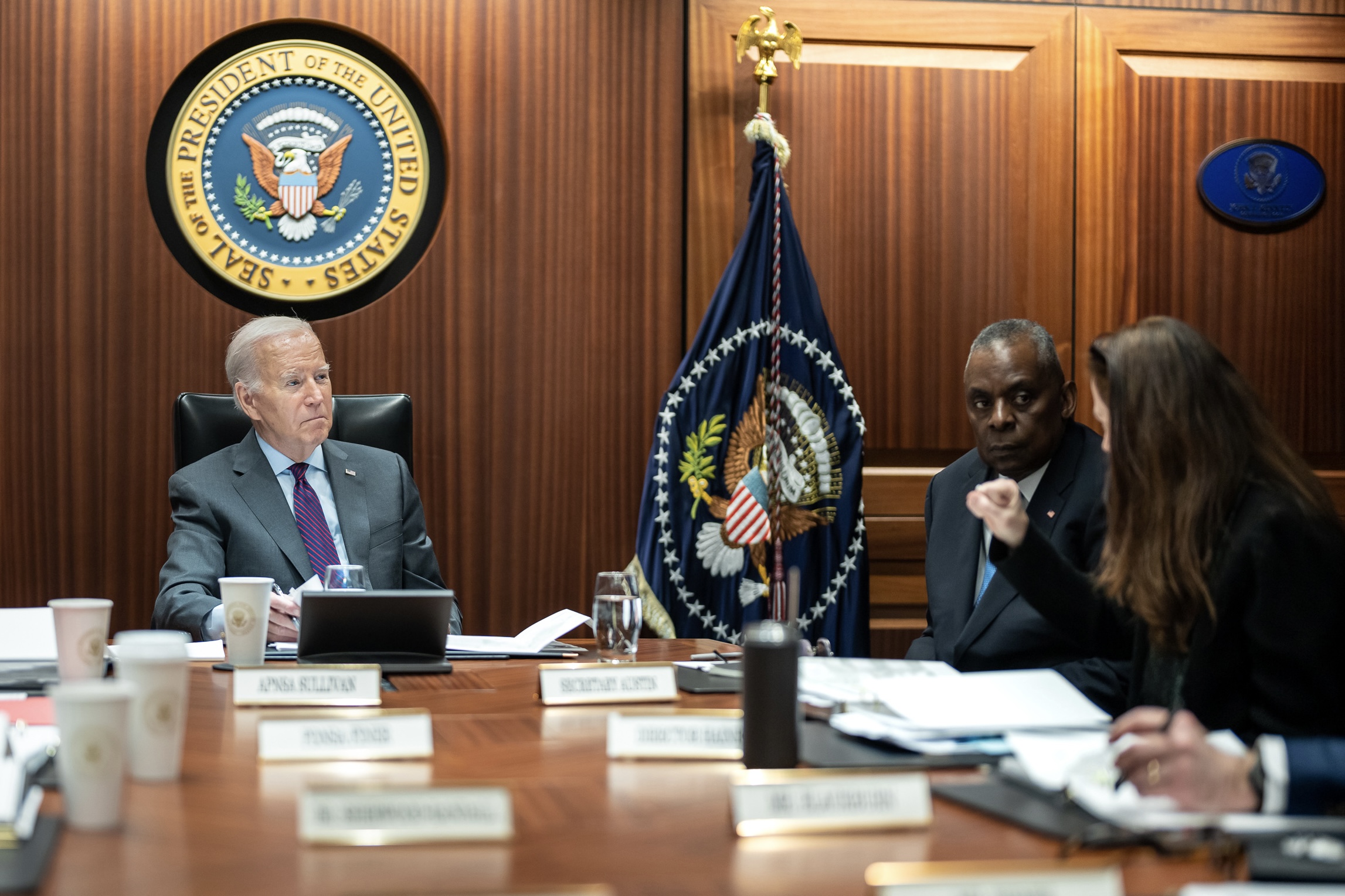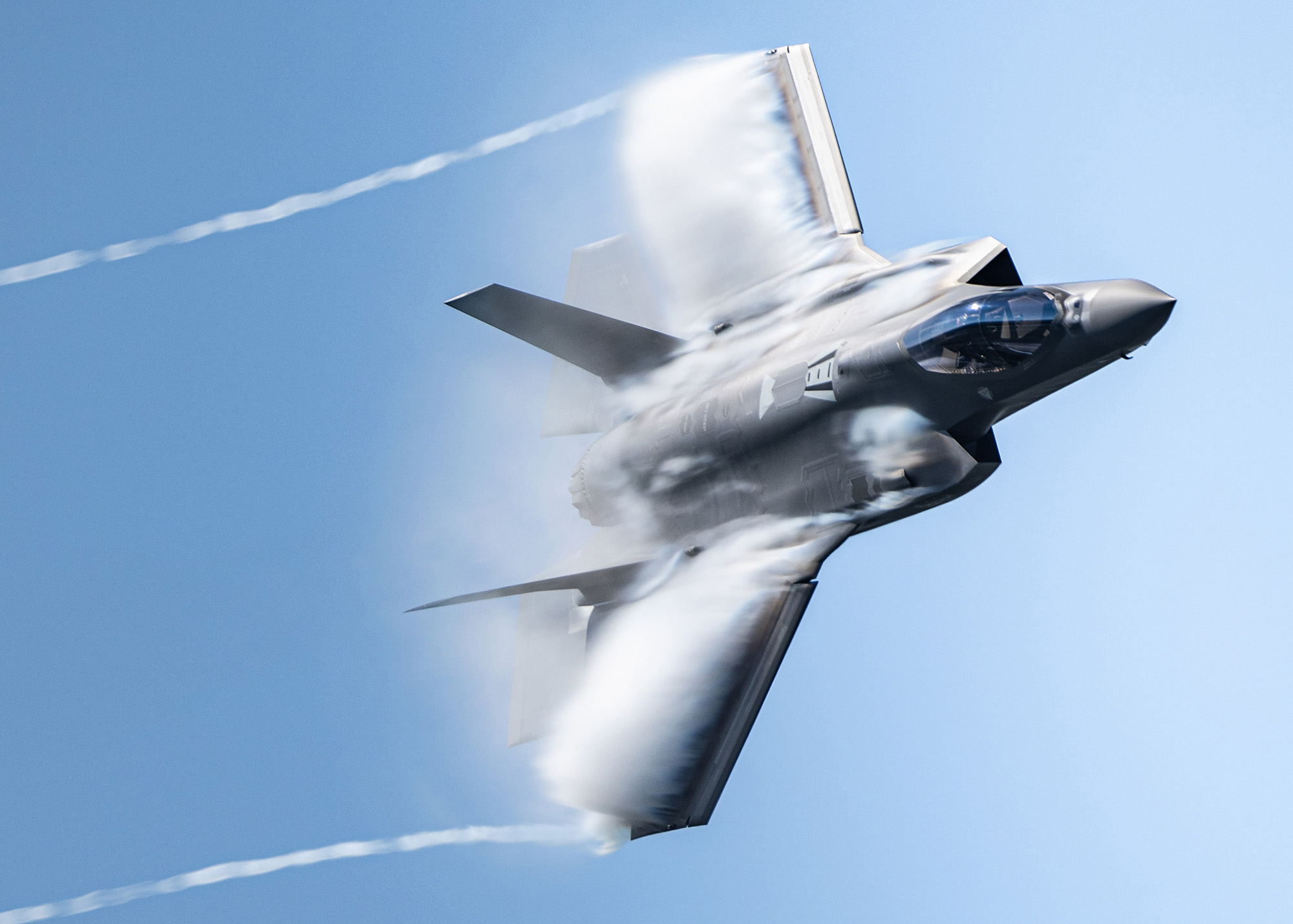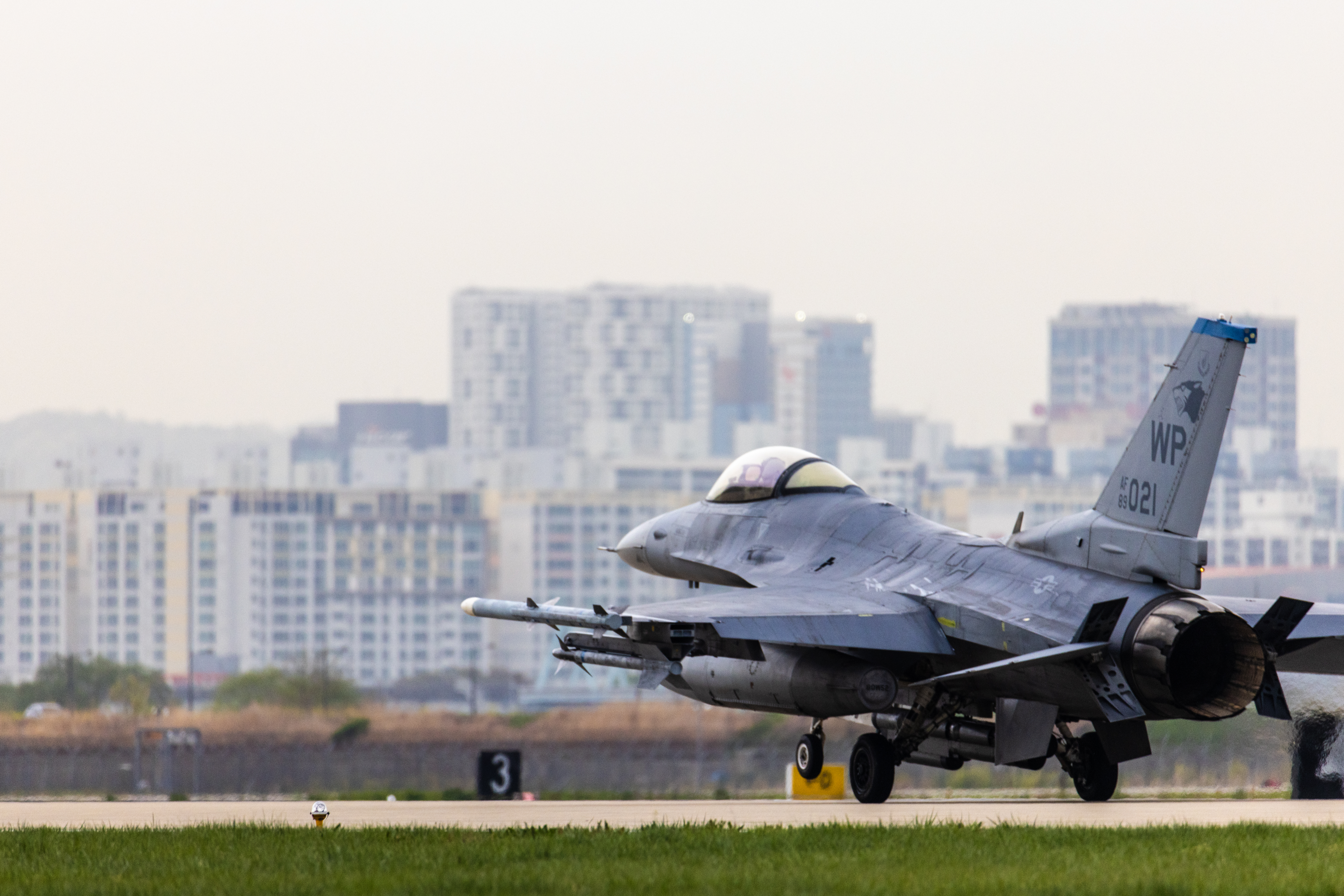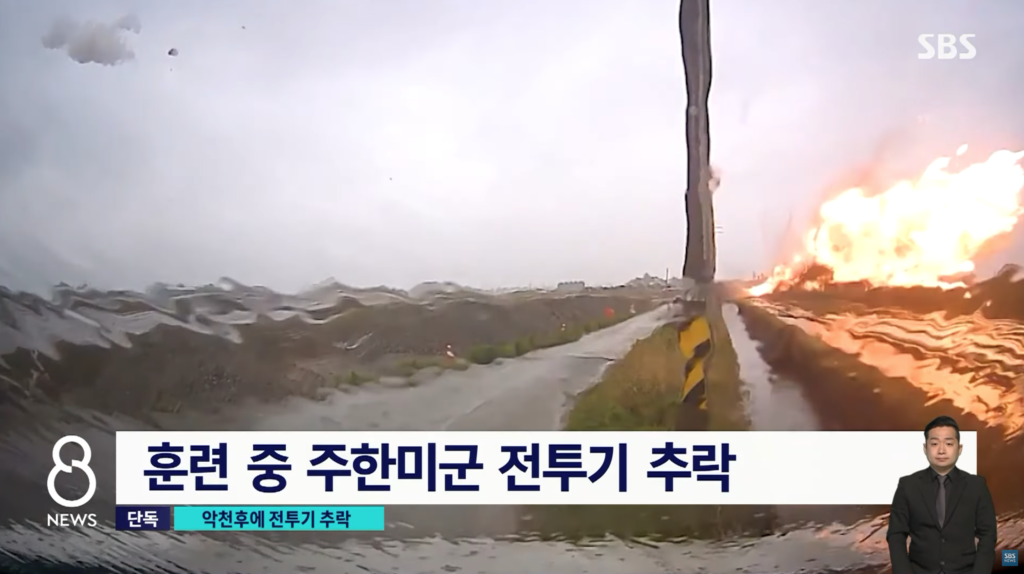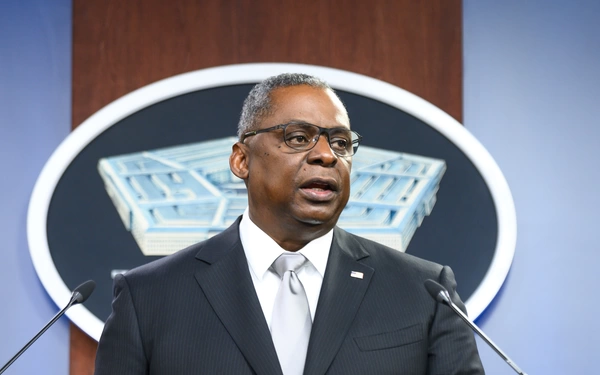The Space Force’s Polaris Awards annually recognize Guardians who best represent the Guardian Spirit. There are four individual award categories based on each of the core Guardian values—Character, Connection, Commitment and Courage—and a Team Excellence category that combines all four values. Air & Space Forces Magazine is highlighting each of this year’s winners before they receive their awards on stage at the 2024 AFA Warfare Symposium in Aurora, Colo.
The U.S. Space Force selected Lt. Col. Jessica M. Pratt of the United States Air Force Academy Cadet Wing in Colo. as the winner of the Polaris Award for Connection for “developing, growing, and sustaining connections while treating everyone with dignity, empathy, and respect” in 2023.
Then-Maj. Pratt played an integral role in the second year of USAFA’s Azimuth Space Program, a summer program designed to give USAFA cadets and ROTC cadets from all services a taste of a potential Space Force career. Azimuth started as a single two-week course in the summer of 2022 but, largely due to Pratt’s leadership, expanded into three separate three-week courses in 2023.
“Being part of Azimuth was really exciting because it was USAFA’s first Space Force summer program,” Pratt said. “We took advantage of the proximity to local Space Force units and commercial space partners. All the military, industry, and mission partners we reached out to went above and beyond to invest in the cadets.”
Connecting with Guardians and space professionals from 105 agencies, Pratt built and mentored a 33-person cadre that spent the summer training more than 200 cadets from three service academies and 45 ROTC detachments across the nation on the diverse career fields offered by the Space Force.
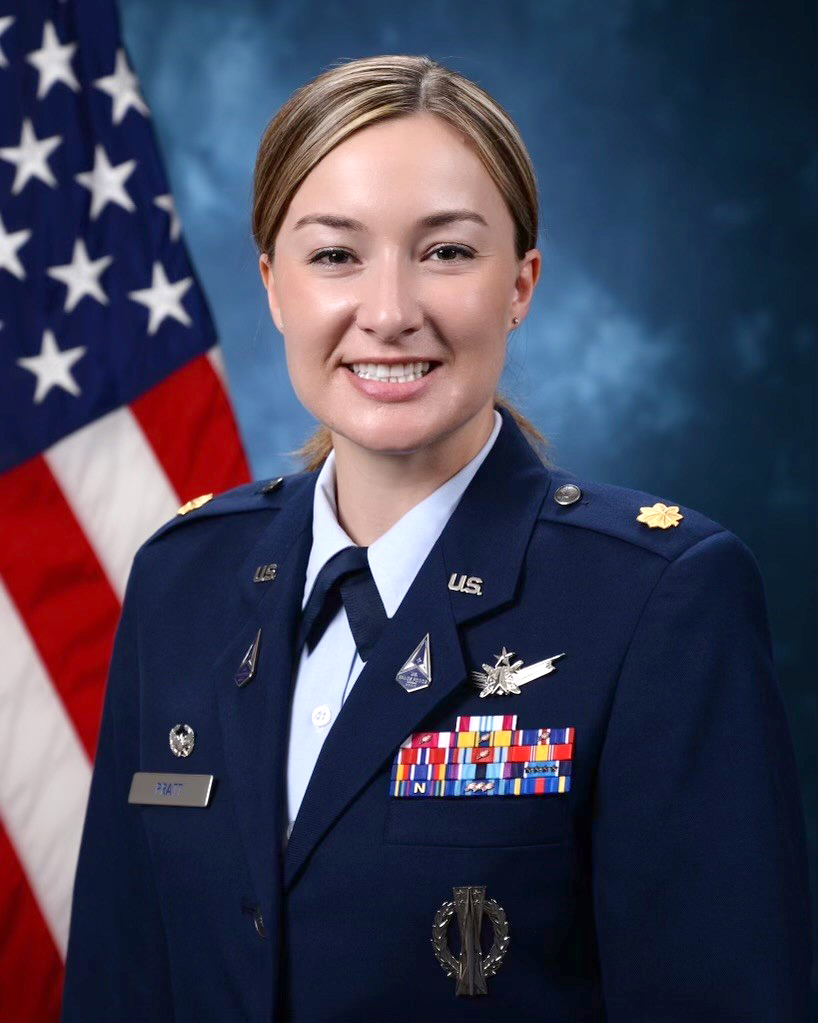
Following the resounding success of the Azimuth program, Pratt reported that Space Force applications at USAFA have increased by 300 percent.
“Cadets are very interested in the challenges Space Force is working on and enjoy being part of something new, too,” she said. “Right now, the Space Force application process is highly competitive at USAFA. The Air Force Academy has 100 slots for the Space Force and we had 445 cadets apply.”
Pratt also led a team of Guardians who developed and led USAFA’s first-ever space-domain scenario for the final exercise of the Academy’s senior class. The scenario exposed cadets to Space Force doctrine and how space is a crucial warfighting domain, an area of education that’s still growing at USAFA.
“Part of our goal was even just to expose the rest of the community cadets that will graduate into the Air Force and permanent party who just don’t know much about the Space Force yet,” Pratt said. “We thought the exercise was a great opportunity to show how space is a warfighting domain and describe some of the threats.”
Pratt said she looks for any opportunity to represent the Space Force career field at USAFA to help inspire cadets to consider joining the next generation of Guardians. Case in point, Pratt connected with Guardians from units around Colorado to produce static displays for the Air Force vs. Navy football game. The initiative helped demonstrate space capabilities to more than 35,000 attendees.
When asked about what motivates her to pursue the Guardian value of Connection in everything she does, Pratt said it’s a simple matter of loving the Space Force and its mission.
“I think many people just haven’t had the opportunity to learn about the space domain, let alone view it as a contested environment,” Pratt said. “That’s why we do this job, to secure our Nation’s interests in, from, and to space.”
Meet the other 2023 Polaris Award winners below:
- Polaris Award for Character: Tech. Sgt. Isabel Childress
